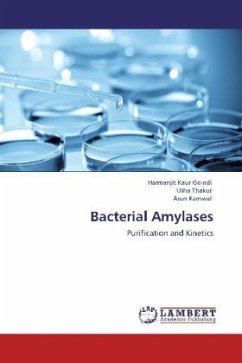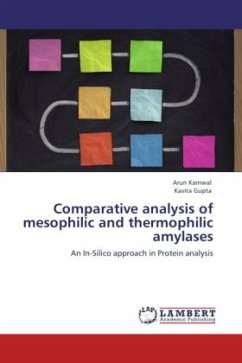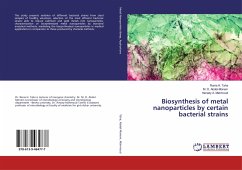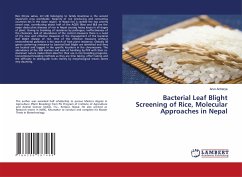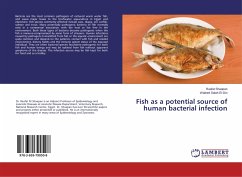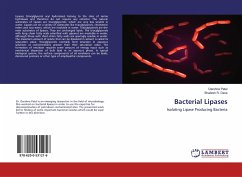As one of the earths most abundant sources of energy, the starch industries world-wide have experienced exceptional growth in the past decades. This has been coupled with the increased use of amylases, a class of enzymes that break down starchy foods into simple sugars like glucose, maltose and limit dextrins. Amylases have found numerous applications ranging from leavening of breads, brewing, preparation of digestive aids and syrups, desizing of textiles, modification of coated paper to generation of fuels, manufacture of gypsum board for dry wall construction and as an additive in laundry detergents. Certain bacteria have the inherent property of synthesizing amylases to break down starch into readily utilizable products. These products are used by these bacteria for their sustenance and growth. This property of bacteria has been exploited for the industrial production of amylases where large scale economical production of enzymes is essential.

